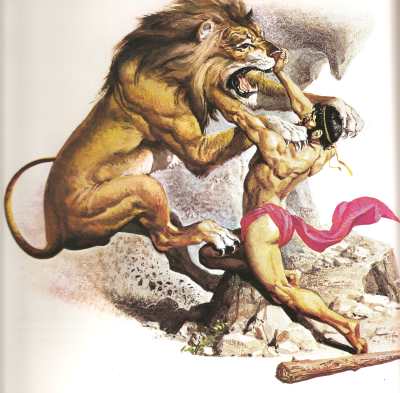 |
| Myths are accepted as true without proof |
Myth. Legend. Fairy tale. Fable. Four of the most commonly interchanged words with four completely unique definitions. Before this subject was just briefly brought up in class today, I too was unaware of the differences between such nouns, but it turns out they are pretty distinct. The class we have been writing this blog for all semester is devoted to the education of
myths, which according to the Encyclopedia Britannica, is characterized by: association with religious beliefs, unknown origins but traditionally kept alive, recognized as symbolic narrative which most always involves deities or superhuman characters that are involved in extraordinary circumstances that is understood to have taken place beyond everyday human life. The plausibility of myths are often unquestioned, accepted as matter-of-fact in the culture it originated without any form of proof other than its existence. Myths play a major role in its originating culture, often serving as word from a higher power, and more often depicting the actual progression and morals of the culture itself.
 |
| The characters of fables are most notably animals |
Fables on the other hand, are characterized by predominant anthropomorphized animals or objects as the main characters of the story; but unlike myths, fables often end in a resonating moral message that comments on human social behavior of the time. Not only do myths lack the "preachy" tone that fables present, but quite the opposite, most myths really have no point they're trying to get at and actually should not be looked at as an example to copy. In addition, the comprehension of a myth is very dependent on a vast understanding of the events and people of a certain time, while a fable is almost always universal since it's main characters are known animals or objects.
 |
| Fairy tales are mostly magical recollections |
Fairy tales, apart from its literal definition concerning the class of supernatural beings (fairies), has developed into another branch of narration most often characterized by the presence of a young individual that has some sort of run-in with magical events or beings. The origin of this classification of short story can only be traced back to the 18th century, where the idea of a "fairy" was first introduced to the word by medieval Europe, convinced these beings inhabited the very kingdom in which they lived. Like fables (and unlike myths), fairy tales take place in a vague time, so as to be more universally understood.
 |
| Arthur's account is based on factual info |
Legends, on the other hand, are more closely related to myths rather than fables or fairy tales, as they are associated with being based on historical fact. The distinction between legend and myth is often difficult, as legends border on becoming myths since a degree of supernatural is often incorporated into its story, though it's still supposed to be based on fact. Common examples of legends are King Arthur and Robin Hood; some argue that the Iliad is a legend as well since it was based a real man's journey..




I wish we had more time in class to get into all this. Nice post, though, as it gives a good overview of the differences.
ReplyDelete